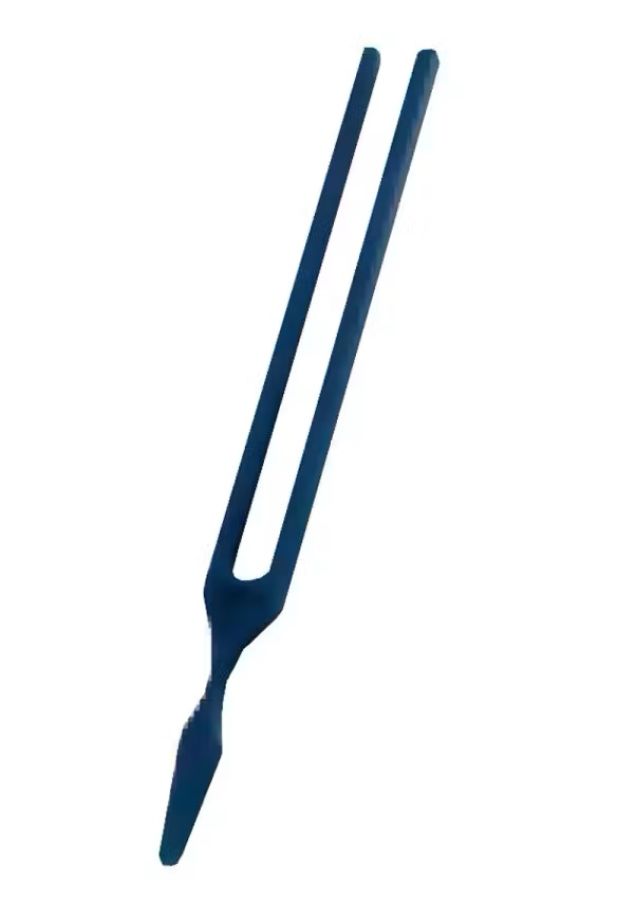

but of course, to me it all comes down to the hall and the acoustics in order to set my tunning frequency, I Personally tune at 443 when playing solo most of the time, I find it to be a very balanced frequency for my ear. How dark are the acoustics of the hall, how does the orchestra tune, etc? That comes just as something that is always going to be there, I really wouldn't want everyone tuning at the same frequency, that would be such a catastrophe. Of course one has to tune with the piano if you are playing well, with piano. On one hand you have orchestras like the Vienna Philharmonic, who accordingly to Claudio Abbado in an Interview, they tune to 447 when they play at the Musikverein, the reason for this? Just because the hall has such a dark sound, so they tune to 447 in order to get a more bright sound. I think the whole dilema of tuning at a different frequency ( 430, 440, 443, 445, etc) can be viewed from different points of view. If you don't have time or inclination to read the whole thing, search on the page for 440 - you'll see the part I'm referring to. The interview with Tebaldi is worth reading in its entirely. Think of the poor singers in these circumstances, forced as they are to stretch their instruments to unaccustomed higher pitches. I wince at the idea of tuning higher than 442. Tebaldi, an artist I very much admire, said that the diapason should not go above 440. Trevor's input reminds me of what singer Renata Tebaldi, 1922-2004, had to say on the subject.

In listening to others' performances, I have a bit more tolerance I can listen to a diapason up to 442 - it still sounds like A to my mind - but not higher. If the tuning drops below 440, I notice it right away, and I don't like it. I start every practice session by tuning to A-440. I am very much opposed to higher tunings. This will extend Janis's point a bit I had completed the message before Janis posted hers. Willcocks wasn't the conductor (he's long since retired). It could have been sung a tone lower and then it would have been much smoother and cleaner.
BLUED STEEL A440 TUNING FORK CRACK
You could hear one or two seeming about to crack under the strain and others were losing their tone. There was one carol in particular, written specifically for the choir I suspect, that sounded uncomfortably high for the boys.

Which brings me to the 2010 Festival of Nine Lessons and Carols broadcast live from Kings on Christmas Eve. Some of the orchestra queried this (the non-strings in particular were a little worried) and the conductor had no hesitation in telling us to play in B-flat (same dots on the stave, but a different key-signature, and be careful with the accidentals!) She said to me afterward that her guess was that Willcocks chose B major to show off the stratospheric boy trebles in the Kings College choir. Select the shipping option at the checkout menu of the shopping cart.At a carol concert last year (2010) one of the carols we played was an arrangement by David Willcocks of Kings College, Cambridge. Shipping for piano accessories is $5.95 to the continental United States (Alaska, Hawaii and Canada, please email for a shipping quote). We recommend storing the forks in that, for their protection. You do not have to rip it to open it, there is an opening to slide the tuning fork out of). The piano tuning forks come in a nice vinyl pouch (the packaging itself is made out of vinyl. When not in use, your forks should be properly protected and kept out of contact with other tools. With proper care, a John Walker tuning fork will last indefinitely. If you are purchasing a single tuning fork for your piano, we recommend the C-523.3. Note the two most common tuning forks are A-440 (often used with orchestras) and C-523.3. Each tuning fork is approximately 5.5 inches long. Made from hardened and tempered blued steel with gilt lettering stamped for the note and frequency. John Walker tuning forks are the highest quality tuning forks on the market today, manufactured for more than 150 years in Sheffield, England, by the Ragg Family. They produce a pure note (no overtones) with a sustain of 30-60 seconds to ensure accurate tuning. John Walker piano tuning forks are known for their quality and superior performance.


 0 kommentar(er)
0 kommentar(er)
